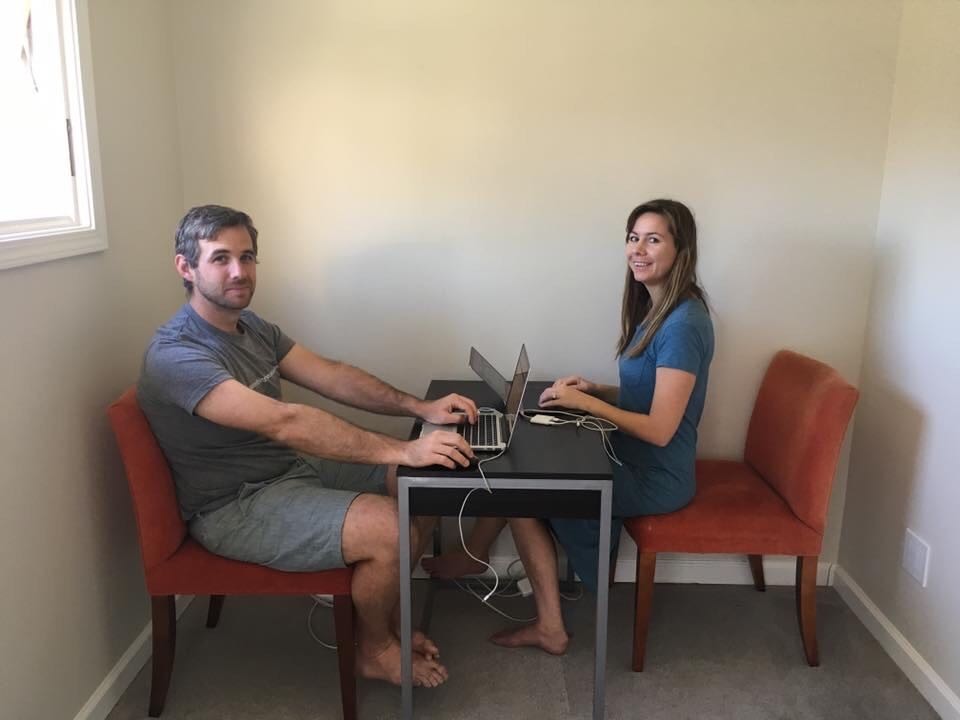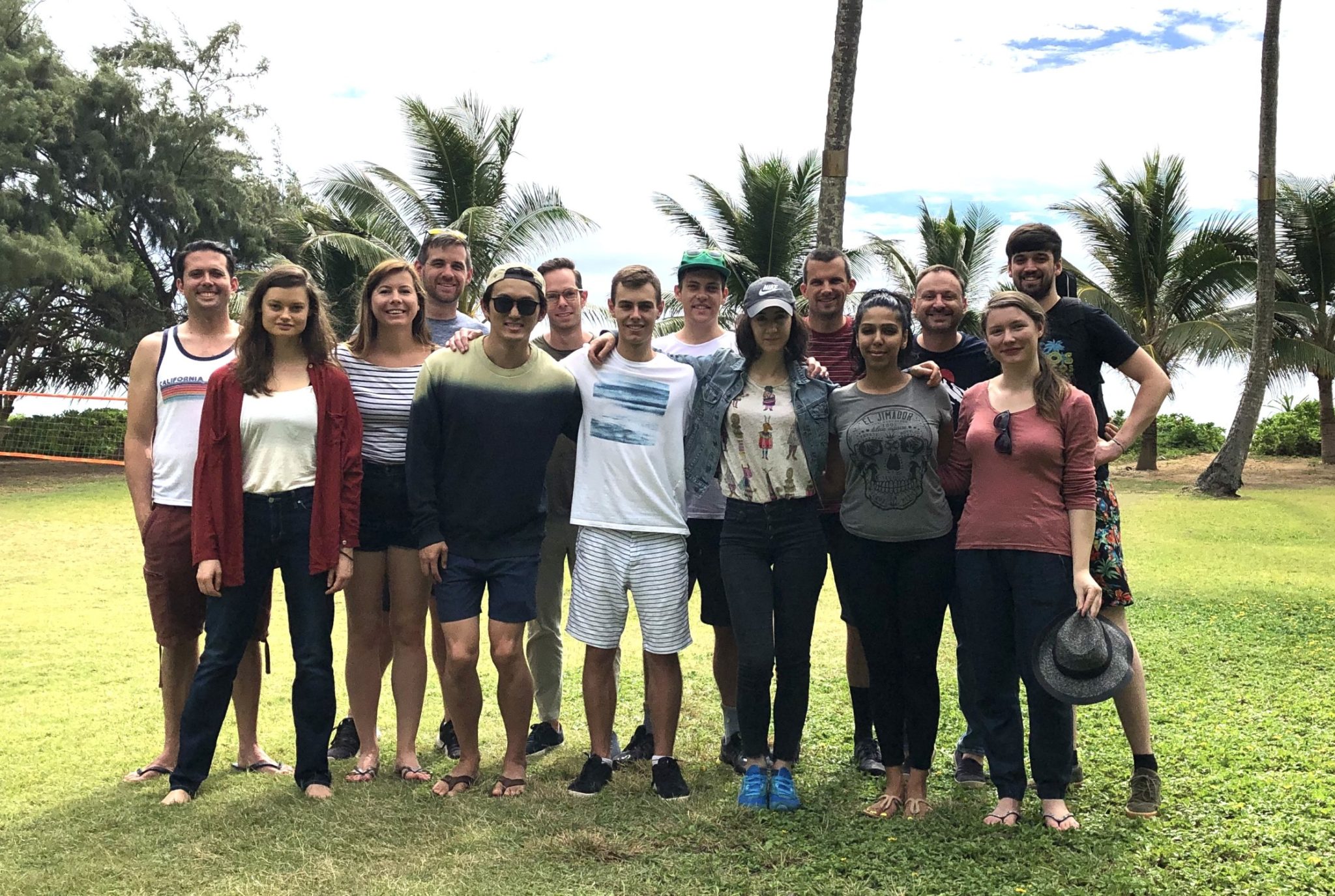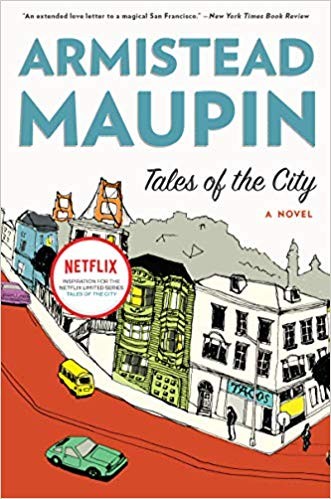How we moved our startup from New Zealand to Silicon Valley
Facebook reminded me that it’s been exactly 1 year since we (Nathan and I) moved from New Zealand to San Francisco! It’s the third time that we are coming to California to live for an extended period of time, but the first time for more than 3 months at a time. Having been through YCombinator, raised VC funding and with a growing number of happy customers, we can afford to live here for the next few years.
The unfair advantage of being in San Francisco
San Francisco has its share of problems. Silicon Valley economics have contributed to massive inequality, it’s cold and foggy most of the time, housing and child care are super expensive. Many people wonder, why would you live here?
However, the opportunities to be at the right time in the right place cannot be underestimated.
Here are some of the things that we think are hard to find in other cities, but please do share your thoughts on this in the comments. I’d love to know both: which other cities are similar or what other unfair advantages San Francisco has.
- I met founders who have PhDs in NLP who have started and lead successful companies. There are not that many of us around the world. :)
- It’s easier to build a team! For example, we get inbound job applications from people with tens of years of experience selling/marketing/developing similar AI SaaS products.
- It’s much easier to build relationships with bigger companies in our space, many of which are based here. These are key to successful growth partnerships.
- The speakers at local events are next level! At a random meetup in SF, you’ll get to hear from people like a VP of Engineering at Netflix or an executive at Mixpanel.
- We’ve been getting specific actionable advice from people who are at the top of their game in their areas after running into them at events or parties.
- Even at dance parties you end up finding yourself having meaningful conversations with the smartest people who instantly get what you do and its value.
The culture of giving back is strong in Silicon Valley, because so many know how much can be attributed to luck and serendipitous connections.
Our relocation plan that might help others relocate
Here is an insider view into our journey over the past 12 months. It’s a mix of personal and company learnings, since for us as founders these two are intermixed.
Step 1. Visas
Waiting for a visa can be a blessing in disguise. We were lucky to be able to apply for O1 visas, which took 9 months and a stack of paperwork as thick as a brick. The paperwork has made the argument that being accepted into YCombinator, getting VC investment into our company and other things we’ve done in our past careers make us into “extraordinary aliens” which is kind of funny. The great thing is that we used those 9 months to build a team in New Zealand. By the time we left, there were 7 people who we fully onboarded and got up to speed.

Step 2. Wrapping things up at home
Moving countries? You don’t need to hire huge containers and give away your cat. We rented our house to a lovely Australian/Spanish couple who were also excited to start looking after our cat! We left all of our belongings apart from a few suitcases. We did take our 2 kids (2.5 and 5 years old at that time), with us.

Step 3. Finding a place to live
Moving in summer meant lots of temporary accommodation. We moved in July, which is a time of holidays and it was easy to find a place to live (including a kids room with toys and a car!) on Craigslist for the first 3 weeks. We immediately started to look for accommodation and found a sabbatical apartment in Haight Ashbury that was available for a year. We ended up having to book another temporary accommodation until that place became available and it was a bit tough to move 3x with kids.I would recommend one person move first and do the search with the rest of the family joining later.

Step 4. Finding schools / childcare
Being an inter-cultural family turned out to be an advantage in a major city where it’s more common. It was easy to find a school not far away from our new place, but it had a pretty poor rating, and so we put ourselves onto a waitlist for a better school. We were 27th on the list and therefore did not stop searching… Through research, we found a private Russian immersion school which we ultimately signed up for, since our daughter was already multilingual. Daycare for our 2 year old was harder to find, but by asking strangers on Facebook I tracked down a highly recommended preschool, which ended up having 1 opening. Our son is now also bilingual, another unexpected benefit of living in San Francisco.

Step 5. Transport
How we discovered a more reliable method of transport than a Lyft/Uber. Getting around in San Francisco is not easy. Most apartments in the city (including ours) don’t have parking so having a car is difficult. Bus connections into the school/preschool suburbs aren’t convenient and often get delayed too. Our solution: a cargo e-bike, the Radwagon and a rain cover for the children. We figured we’d be driving through Golden Gate Park, getting exercise and fresh air for children. On most days it’s fine, but when it’s foggy or rainy, Nathan comes home completely drenched. It’s still faster and more reliable than public transport or taxis.

Step 6. Office space 📡
We are still looking for a great office with reliable WiFi. We reached out to several people we knew to find companies who have spare desks and found such a great company in SoMa. It works well although San Francisco has surprisingly poor internet connection in many areas, including offices! It’s pretty bad at home too. So, if anyone knows of an office space that doesn’t cost an arm and a leg, please let me know!


Step 7. Finding a team
Hiring is like sales: Try everything and see what sticks. We’ve tried angel list, recruiters, temp contractors, online communities, personal and YC networks, approaching people at conferences and many more ways to find employees. This is probably the hardest part of building a business. However, we are now 6 people in San Francisco alone. It’s exhilarating seeing Thematic grow.

We love living in the city and are enjoying the energy of this magical place. We are so fortunate being able to live here!





